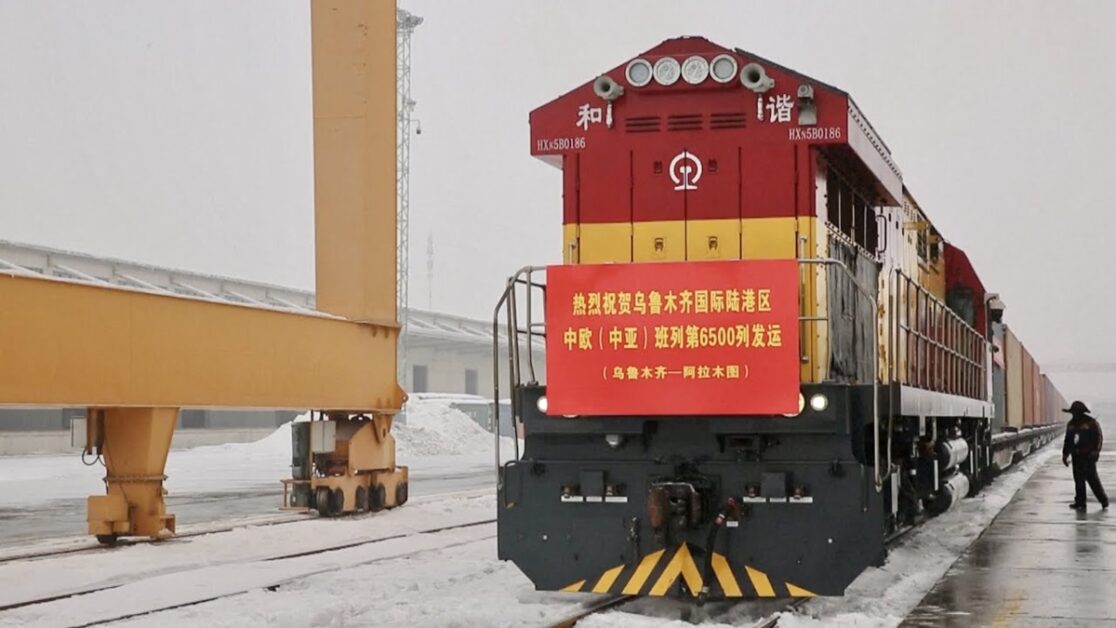Freight trains to Central Asia are transforming how goods, particularly vehicles, are transported between China and its neighboring countries. Recently, the Xinjiang Uygur Autonomous Region of China launched a freight train service that carries vehicles to Almaty, Kazakhstan. This innovative transportation method combines road and rail, significantly reducing logistic costs and transit time while ensuring safer delivery compared to traditional transport methods.
The Launch of Xinjiang’s Freight Train Service
The inaugural freight train for Central Asia departed from Urumqi, the capital of Xinjiang, carrying vehicles valued at over 27 million yuan (approximately 3.82 million U.S. dollars). This marked a significant milestone as it was the first dedicated vehicle transport train from Xinjiang to Central Asia, heralding a new era of economic and trade collaboration between China and the Central Asian nations.
Advantages of Freight Trains to Central Asia
The new freight train service offers numerous advantages:
- Cost Efficiency: By integrating road and rail transport, the logistic costs associated with moving vehicles are greatly reduced.
- Time Savings: This method allows for quicker transit times compared to other means of transportation.
- Safety: The freight train service is considered safer, minimizing the risk of damage or loss during transit.
These benefits are crucial for businesses looking to enhance their supply chains and optimize their operations.
Xinjiang’s Role in Vehicle Exports
As a key hub for vehicle exports, Xinjiang plays a vital role in connecting China with Central Asia. This year alone, over 83,781 vehicles have been exported through the region’s Horgos and Alashankou ports, marking a 2.9 percent increase compared to the previous year. The establishment of the freight train service further solidifies Xinjiang’s position as a modern railway logistics network, facilitating smoother trade and transportation.
Conclusion: A Gateway to Economic Growth
In conclusion, the launch of the freight train service to Central Asia represents a significant step toward enhancing trade relations between China and its Central Asian neighbors. By leveraging the advantages of this new transportation method, Xinjiang is not only boosting its own economy but also contributing to the broader economic landscape of the region. As freight trains to Central Asia become more prevalent, businesses and consumers alike stand to benefit from the improved logistics, cost efficiency, and safety that this innovative service provides.







